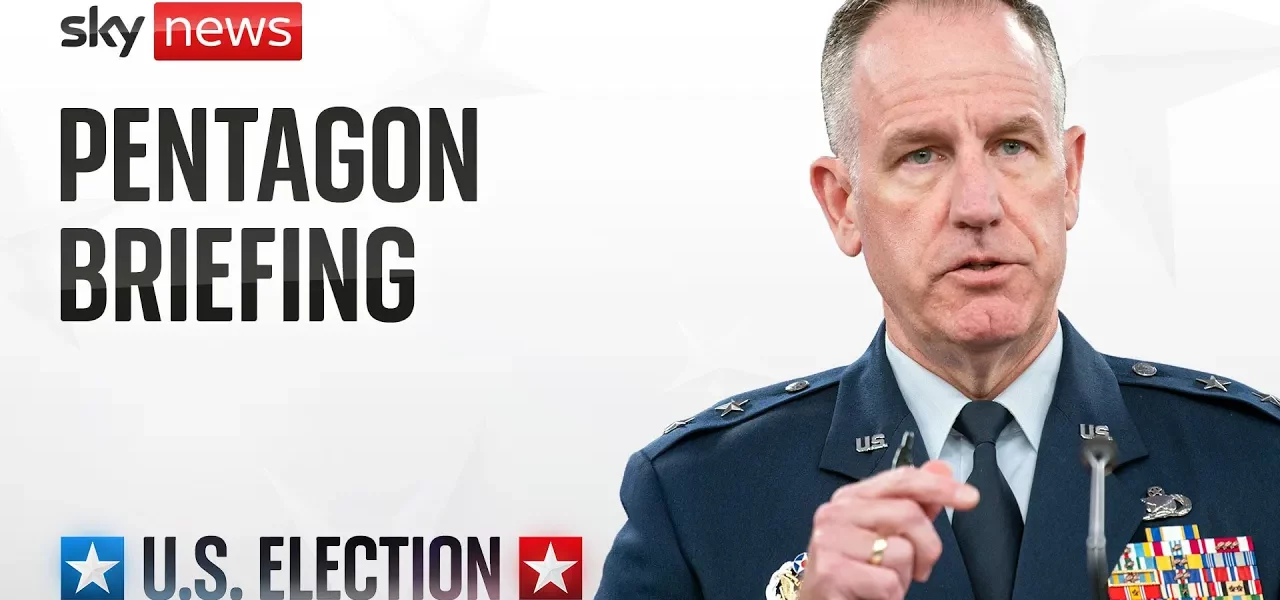US Military Support for Israel Amid Gaza Conflict

The ongoing conflict in Gaza has prompted significant military and diplomatic responses from the United States, emphasizing its commitment to Israel’s defense and the importance of regional stability. This article explores the latest developments, U.S. military deployments, and the broader implications of these actions.
Introduction
The recent escalation of conflict in Gaza has highlighted the critical role that U.S. military support plays in the region. Following a phone call between U.S. Secretary of Defense Lloyd Austin and Israeli Defense Minister Yoab Galant, the U.S. has reinforced its military presence in the Middle East. This article delves into the specifics of U.S. military movements, ongoing diplomatic efforts, and the strategic implications of these actions for regional stability and security.
Military Deployments in the Middle East
In response to rising tensions, Secretary Austin ordered the USS Abraham Lincoln carrier strike group, equipped with advanced F-35C fighters, to accelerate its deployment to the Central Command area. This move adds to the capabilities already provided by the USS Theodore Roosevelt carrier strike group, demonstrating the U.S. commitment to supporting Israel and ensuring regional security.
Key Military Assets Deployed
- USS Abraham Lincoln Carrier Strike Group
- USS Georgia Guided Missile Submarine
- USS Theodore Roosevelt Carrier Strike Group
Objectives of the Military Deployment
The primary objectives of these military adjustments include:
- Enhancing U.S. force protection in the region.
- Providing additional support for Israel’s defense.
- Being prepared for a variety of contingencies.
Diplomatic Efforts and Ceasefire Initiatives
Alongside military deployments, the U.S. is actively engaged in diplomatic efforts to secure a ceasefire and facilitate the release of hostages held in Gaza. During the call between Secretary Austin and Minister Galant, the importance of mitigating civilian harm was a focal point of discussion.
Challenges in Achieving a Ceasefire
Despite the urgency of these discussions, several challenges complicate the path to a ceasefire:
- Ongoing hostilities between Israeli forces and Hamas.
- Regional tensions involving Iran and its proxies, such as Hezbollah.
- The complexity of negotiating terms that satisfy both parties while ensuring civilian safety.
U.S.-Brunei Defense Partnership
In addition to addressing the situation in Gaza, Secretary Austin hosted Brunei’s Minister of Defense, Hanim Hali, at the Pentagon. The meeting aimed to strengthen the defense partnership between the two nations and finalize key agreements related to logistics and security assistance.
Significance of the U.S.-Brunei Partnership
The defense partnership emphasizes:
- Commitment to a free and open Indo-Pacific.
- Enhanced logistics and security cooperation.
Launch of the DOD Housing Feedback System
Another significant initiative announced by the Department of Defense is the launch of the DOD Housing Feedback System. This system aims to enhance transparency and accountability in privatized military housing, providing service members and their families a platform to submit feedback regarding their living conditions.
Objectives of the Housing Feedback System
The main goals of this initiative include:
- Improving communication between service members and their landlords.
- Ensuring timely responses to maintenance requests.
- Promoting healthy and resilient living conditions for military families.
Conclusion
In summary, the U.S. military’s strategic deployments and diplomatic efforts underscore the nation’s commitment to supporting Israel amidst the ongoing Gaza conflict. As the situation evolves, it is crucial for the U.S. to continue its focus on de-escalation and regional stability. The introduction of initiatives such as the DOD Housing Feedback System further highlights the Pentagon’s dedication to supporting service members and their families. For more updates on military operations and defense partnerships, keep following our coverage.
Call to Action: Stay informed about the latest developments in U.S. military operations and international relations by subscribing to our newsletter.
“`




